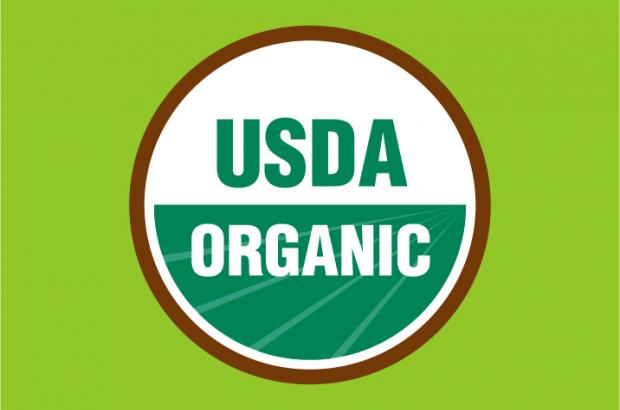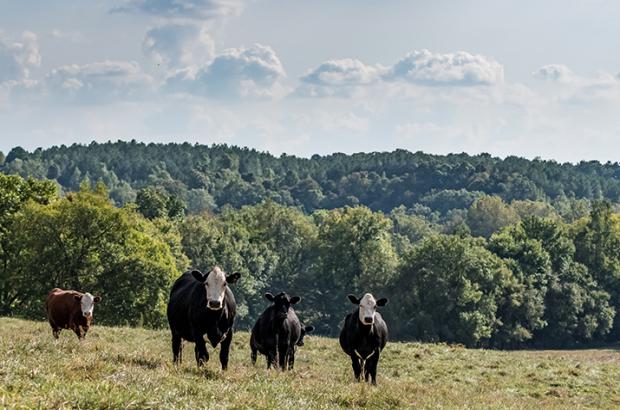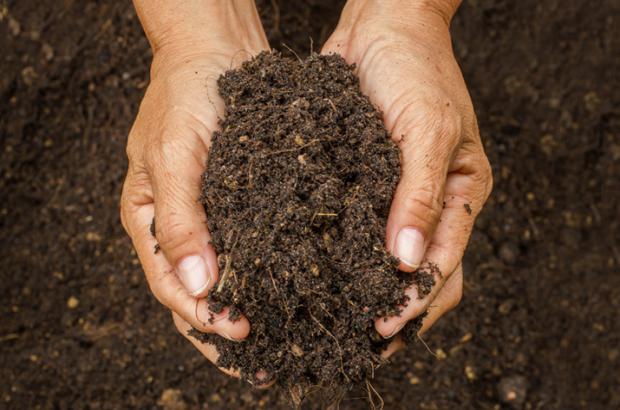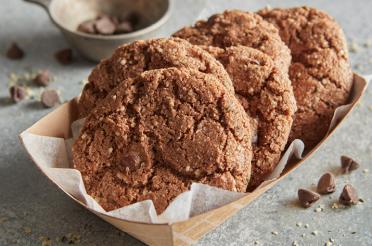Article
Much Ado About Mulch
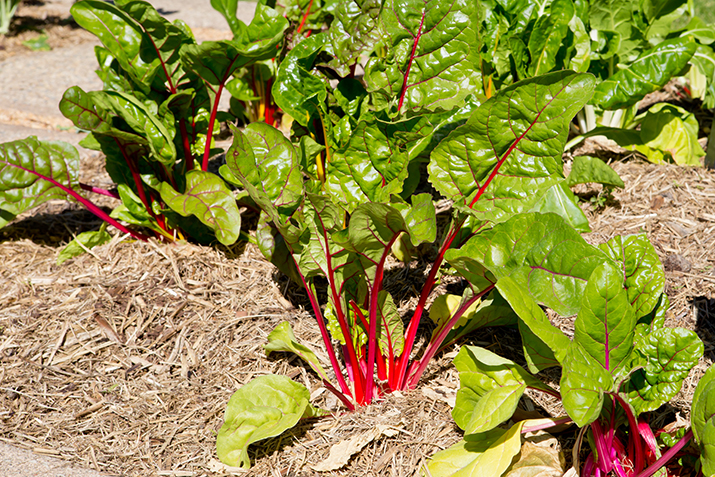
If there is one technique that will make your gardening easier this summer, it is proper mulching. Whether it's mulching the vegetable garden, around fruit trees, amongst berry bushes, or in the herb garden, the right mulch will reduce weed growth, conserve soil moisture, make the garden look beautiful, and increase yields. The question is which mulch to use for each plant. Here's my rundown of various mulches and how to use them in your edible landscape to make it more beautiful and productive.
Vegetable garden mulches
A mix of organic mulches is the best way to go in annual vegetable and flower gardens. Which mulch you use depends on where you live and what you're growing. Cool-season crops, such as broccoli, lettuce, greens, cabbage, peas, and pansies, do best with mulch that keeps the soil cool and moist. A 2- to 4-inch-thick layer of straw, pine straw, untreated grass clippings, or shredded dried leaves is best. Avoid using hay if possible, since it can be loaded with weed seeds. The added benefit of organic mulch is that it will break down during the growing season, improving the soil structure and fertility.
Mulches for fruit trees and berries
Mulching fruit trees and berry-producing shrubs is similar to mulching any woody landscape plant. Mulch not only reduces weed growth and conserves soil moisture, but also provides a barrier so that lawn mowers and string trimmers won't scar the plant trunk.
First, remove the sod out to the drip line of the tree, shrub, or hedgerow of berry bushes. Add a 2- to 4-inch-thick layer of organic mulch around the plant.
Good mulches include shredded bark, bark chips and nuggets, and pine straw. Check local nurseries and garden centers for regional organic mulches that are sustainably harvested or made from by-products of agricultural operations in your area. Some examples of unusual regional mulches include cottonseed, buckwheat, sawdust, corncobs, grape pomace, pine straw, and pecan, walnut, and rice hulls. Check that the crops weren't sprayed with harmful pesticides or herbicides.
There has been concern in the past about the decomposing carbon-rich mulches causing a nitrogen deficiency in the soil, but research has shown that it isn't a problem on healthy soils. The bark decomposes so slowly that the soil microorganisms can digest it without using up the nitrogen in the soil meant for your plants.
If you add fresh mulch every year, remove the old mulch (if it hasn't completely decomposed) before adding new mulch. If mulch is allowed to build up, it can create a mulch "volcano" that smothers roots and causes crown rot, eventually killing the plant. Always keep mulches a few inches away from the trunks of trees and shrubs.
It's cheapest to buy mulch in bulk, but that may not be practical. For small yards, bagged mulch is fine. Consider the site and how it is used when choosing the type of mulch. Large bark nuggets are difficult to walk on and are best used along foundations and in garden beds rather than on paths. When mulching flood-prone areas and steep slopes, avoid large bark nuggets since they tend to float or wash away; instead, use shredded mulch or small bark chips.
Mulching herb and flower gardens
Apply a light layer of organic mulch around herbs and soft-stemmed annual and perennial plants. A 1- to 2-inch-thick layer is sufficient. Consider exotic mulches in the herb garden for an unusual effect. Cocoa bean hulls, a by-product of the chocolate-making industry, give off an alluring chocolate aroma when used as mulch. This material is best for areas out of the wind (it blows away easily), that don’t flood (it will wash away), and where dogs won't be tempted to eat it (chocolate is toxic to canines). The smell won't last all summer, but it makes a great conversation piece and a way to get the culinary juices flowing.
Information courtesy of the National Gardening Association, www.garden.org.

